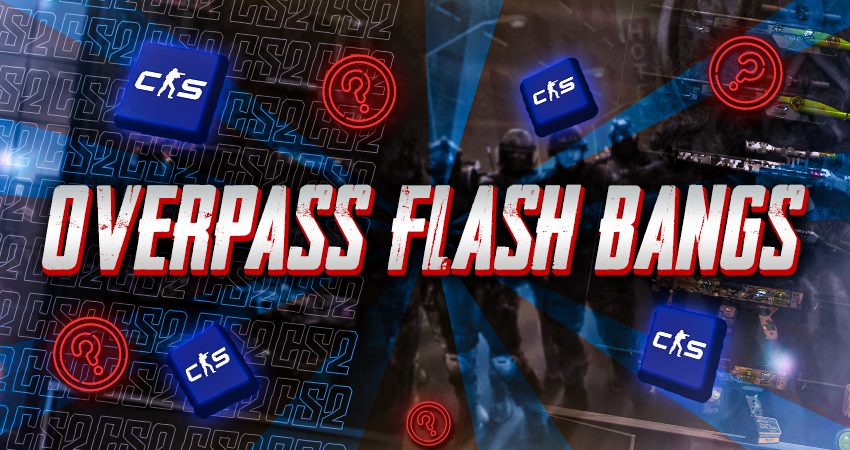The Insight Hub
Your go-to source for the latest insights and news across various topics.
Overpass Odyssey: Navigate CS2's Tricks and Traps Like a Pro
Master CS2 with our ultimate guide to Overpass Odyssey! Discover expert tips and tricks to outsmart opponents and conquer every challenge.
Mastering Overpass: Essential Tips for Competitive Play in CS2
Mastering Overpass requires a deep understanding of its layout and the tactical opportunities it presents. One of the first tips for competitive play in CS2 is to familiarize yourself with the map's key locations. Ensure you know high-traffic areas like Mid, A Site, and B Site, as well as less obvious spots like Water and Connector. Utilize a combination of utility and positioning to control these areas effectively. For example, throwing a well-placed smoke grenade at CT can help your team take or defend a site more efficiently.
Another crucial aspect of mastering Overpass is communication with your team. It's essential to call out enemy positions and coordinate strategies, especially when executing a split push. Utilize the audio cues from footsteps and gunfire to relay information accurately. Prioritize practicing your movement and aiming skills to gain the upper hand in engagements. Ultimately, staying adaptable and refining your tactics based on the enemy's behavior will significantly enhance your performance in competitive play on Overpass.

Counter-Strike is a popular series of multiplayer first-person shooter games that focus on team-based gameplay. Players can take on the role of terrorists or counter-terrorists and engage in various game modes. One of the exciting aspects of the game is the ability to customize your weapons and characters, including CS2 Skins upgraden to enhance your gaming experience.
Overpass Map Overview: Key Areas and Strategies for Success
The Overpass Map serves as a critical tool for players aiming to navigate the challenging terrains and key areas effectively. This map is divided into several distinct zones, each offering unique advantages and opportunities for gameplay strategy. Key areas such as Mid, Connector, and A-site are essential for controlling the flow of the game. Understanding the geography of these locations allows players to plan their tactics accordingly. For instance, holding Mid can provide strategic dominance, allowing a team to split effectively during engagements and control rotations.
In addition to mastering the map layout, developing effective strategies for each area is crucial for success in competitive play. Utilizing smokes and flashes in high-traffic zones can create opportunities for surprise attacks. Players should also consider the importance of teamwork and communication when executing their plans. Establishing a routine of checking key angles and leveraging sound cues can significantly enhance a team's performance. As the meta evolves, staying updated with new strategies and adapting to the Overpass Map's nuances will ensure continued success for players at all levels.
Common Pitfalls in Overpass: How to Avoid Them Like a Pro
When navigating the intricacies of Overpass, many users encounter common pitfalls that can hinder their efficiency and productivity. One of the most prevalent mistakes is failing to optimize queries. Often, users can become overwhelmed by the sheer amount of data available, leading to generic queries that result in slow performance or incomplete results. To avoid this, it's crucial to invest time in understanding the structure of OpenStreetMap data and tailoring your queries to be as specific as possible. This not only streamlines the data retrieval process but also enhances the overall user experience.
Another frequent issue arises from misunderstanding query parameters, which can lead to disastrous outcomes. For instance, not properly using bounding boxes can result in data that is either too vast or too limited, wasting valuable time. Therefore, always double-check your parameters before executing a query. Additionally, it can be beneficial to utilize the Overpass Turbo interface's debugging features, which can help in detecting and rectifying errors before they cascade into larger complications. By becoming more adept at these fundamentals, users can avoid these typical setbacks and operate like a pro.